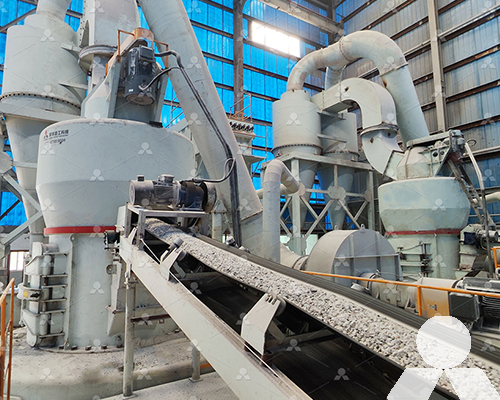News
Last Updated :2024-01-26
Roller mill vs ball mill in cement grinding plant
Roller mill and ball mill are two of the most common types of mills used in cement grinding plants. Both mills use the principle of comminution to reduce the size of raw materials, but they do so in different ways.

- Roller mills use two or more rollers that rotate against each other to grind the material. The rollers are typically made of hardened steel or ceramic, and they are designed to be very smooth. This helps to prevent the material from becoming clogged in the mill.
- Ball mills use a rotating drum filled with steel balls to grind the material. The balls are typically made of cast iron or steel, and they are typically 1 to 2 inches in diameter. The balls collide with each other and with the material to break it down into smaller pieces.
There are several key differences between roller mills and ball mills.
- Energy efficiency: Roller mills are generally more energy-efficient than ball mills. This is because roller mills use the principle of compression to grind the material, which is a more efficient process than the impact and attrition used by ball mills.
- Maintenance: Roller mills are generally less maintenance-intensive than ball mills. This is because roller mills have fewer moving parts, which reduces the risk of wear and tear.
- Space requirements: Roller mills typically require less space than ball mills. This is because roller mills are taller and narrower than ball mills.
- Product quality: Roller mills can produce a finer product than ball mills. This is because roller mills use a more controlled grinding process.
The choice of which type of mill to use in a cement grinding plant depends on a number of factors, including the following:
- Energy costs: Cement plants that are concerned about energy costs may prefer to use roller mills.
- Maintenance costs: Cement plants that are concerned about maintenance costs may prefer to use roller mills.
- Space limitations: Cement plants with limited space may prefer to use roller mills.
- Product quality requirements: Cement plants with high product quality requirements may prefer to use roller mills.
In recent years, roller mills have become increasingly popular in cement grinding plants. This is because roller mills offer a number of advantages over ball mills, including improved energy efficiency, lower maintenance costs, and less space requirements.








